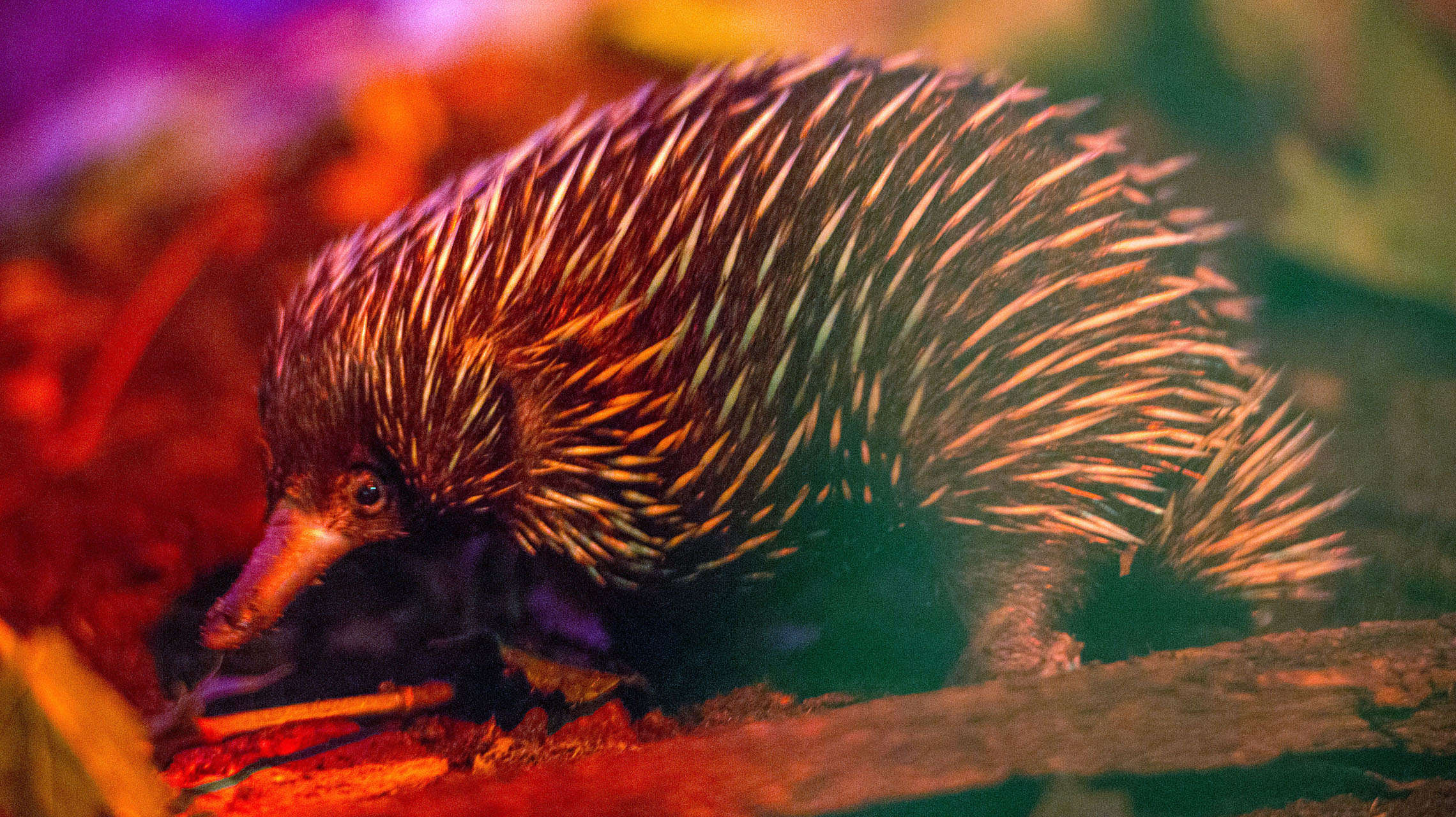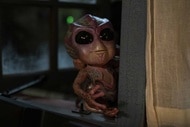Create a free profile to get unlimited access to exclusive videos, sweepstakes, and more!
10 of the most mind-blowingly bizarre things that happened in science in 2021
This is for anyone who ever slept through science class in high school. Living robots. Are you awake yet?

You can’t have science without weirdness. Of course, it doesn’t end there, because once you fall through that portal, you can’t have weirdness without more weirdness, and... you can see where this is going. Take Xenobots. These living robots were created last year. This year, the scientists behind them found a way for these things to keep duplicating themselves. Tardigrades always existed on the fringe of Earth life. They had previously been subjected to every known torture just to see if they would survive, but all that was outdone when, earlier this year, tardigrades in suspended animation were shot out of an actual gun. For science. Weird science.
From flashy dinosaurs to strange phenomena in space to the unmentionables of a certain monotreme, these are some of the weirdest, most fascinating, and unnerving science advances of 2021.
Faster than a shooting…tardigrade? They really can survive anything
From scorching heat to a deep freeze to killer radiation and the vacuum of space, there is almost nothing tardigrades can’t make it through alive. They can enter a state of suspended animation and just will not die. Because that wasn’t enough, scientists decided to blast them out of a gun and see how what they could take. Frozen tardigrades in things kind of like bullet casings were shot out of an actual gun and survived impacts as high as 2,700 feet per second.
Echidnas have a four-headed monster and know how to use it
As if echidnas don’t seem alien enough from being some of the only mammals that lay eggs, kind of like a mashup between mammals and reptiles, you should check out their…ahem. But why does it have four heads? Nobody knew why this creature had a freak show between its legs until scientists found out that it makes for a mating advantage. Turns out it has two separate structures that give it optimal function and the best chance to breed more aliens.
Eyes growing from lab-grown brains. Enough said.
Organoids are freaky in their own right. Come on, say that miniature human organs which have been cultured in a petri dish aren’t going to wonder if you should sleep with the light on. Now what if those organoids were brains that were growing actual eyes? This is not a leak for a new sci-fi novel. The eyes can’t see, but they are still the primitive beginnings of eyes, known as optic cups, that start developing in the forebrain in the embryonic phase. Creepy enough.
When a ravenous star dared to swallow a black hole, it went kaboom
It’s usually black holes that are the insatiably hungry objects in space, but this time, astronomers observed what appeared to be the inverse. Some extremely daring and massive star tried to eat a black hole. They were already in a death spiral with each other. It was inevitable that one was going to have its way anyhow, and as you can guess, it didn’t go too well. Stars can’t exactly throw up when they’ve overeaten, so it ended in an epic explosion.
Transparent fish in a VR simulation know what the future holds
Is this a dream of things to come or the ultimate nightmare fuel? Imagine transparent fish swimming in a tank surrounded by LCD TV’s with landscapes of different colors. But it gets better (or worse): The fish are hooked up to a VR system and trained to avoid some areas with electric shock. After more training that sounds like futuristic medieval torture, they finally learn to predict where they should and shouldn’t go, as can be seen right through their heads.
Stars might be hot — but this exoplanet is so hot it can ionize your bones
Obviously, orbs of fire floating around in space are going to be millions and billions of degrees, but WASP-76B puts stars to shame. This exoplanet takes under two days to orbit its star. This is why it has become so hot that it will not only scorch but literally ionize human bone. So much heat will mess with electrons and turn atoms into ions, with more or fewer electrons than they started out with. One of the elements it can ionize is — you guessed it — calcium.
Fhtagn! Cthluhu’s minions threatened the seas 80 million years ago
In his house at R’lyeh, dead Chtluhu waits dreaming…don’t ask about whether they dream, but these Cthluhoids are definitely dead. Seppenradensis were giant ammonites that floated around in spiral shells and had masses of writhing tentacles to snatch up any unwary prey swimming by. How they evolved to be so ginormous started out as a mystery. It happened when many other creatures were growing to immense sizes, including their few predators.
Living robots that could pass for Pac-Man can now clone themselves
Of all the bizarre and downright unearthly developments we’ve seen with robots this year, living robots have to be the most unsettling. Xenobots are living robots made of frog stem cells. When these cells are allowed to do whatever they want, they forget they even were frog skin. This is why scientists decided to go one step further and make the Xenobots, which had already been developed, capable of asexually reproducing over and over and over again.
So now that robots’ minds that can wander, what’s next, world domination?
Maybe robots whose minds drift off may be more capable of getting songs stuck in their heads than taking over the planet, but it’s still kind of eerie. This isn’t exactly Siri or Alexa. This kind of AI has been more humanized by the ability to let its mind wander, allowing for randomness based on how atoms and ions move around randomly. When their memristors (memory resistors) pick up on the randomness like artificial neurons, you have cyber daydreaming.
Dinosaurs could have ruled the runway if they were around today
Who wouldn’t want to see flash and frills and feathers on the cover of the latest issue of Vogue? Not that long ago, dinosaurs would have probably been the last creatures at the model casting call because they were thought to be rather dull (determining their actual color has been difficult). Not anymore. Some were feathered, even with iridescent feathers. Others were found to have shown off bright colors in non-feathered areas of their scaly bodies. Move over, human models.




































